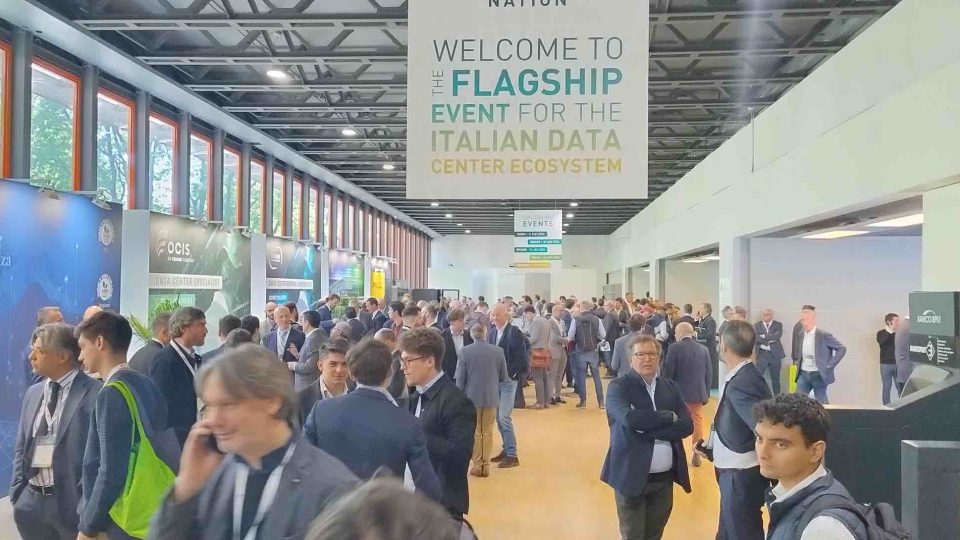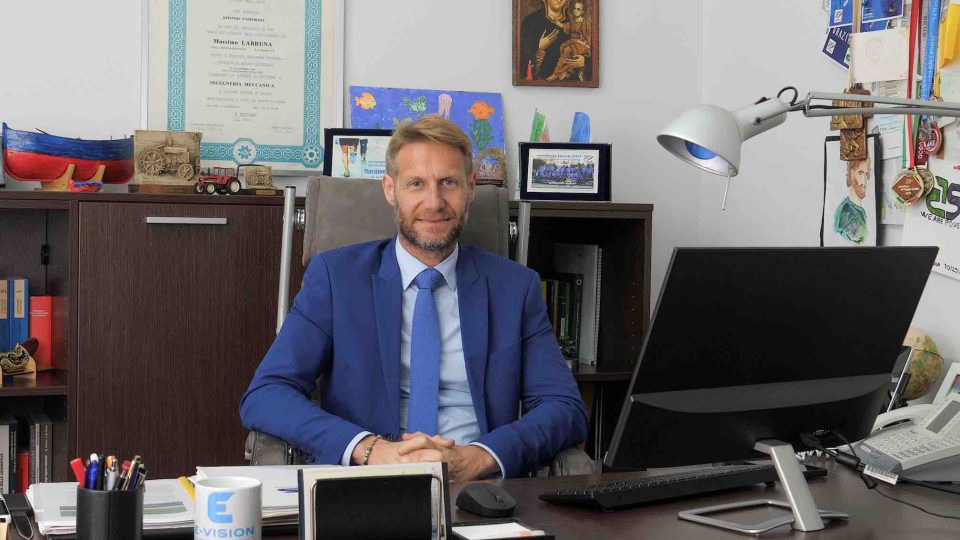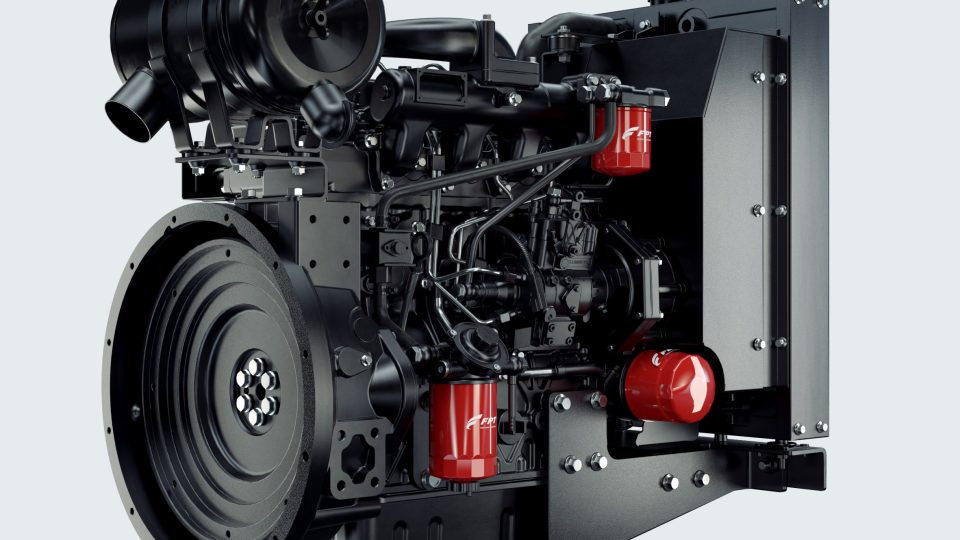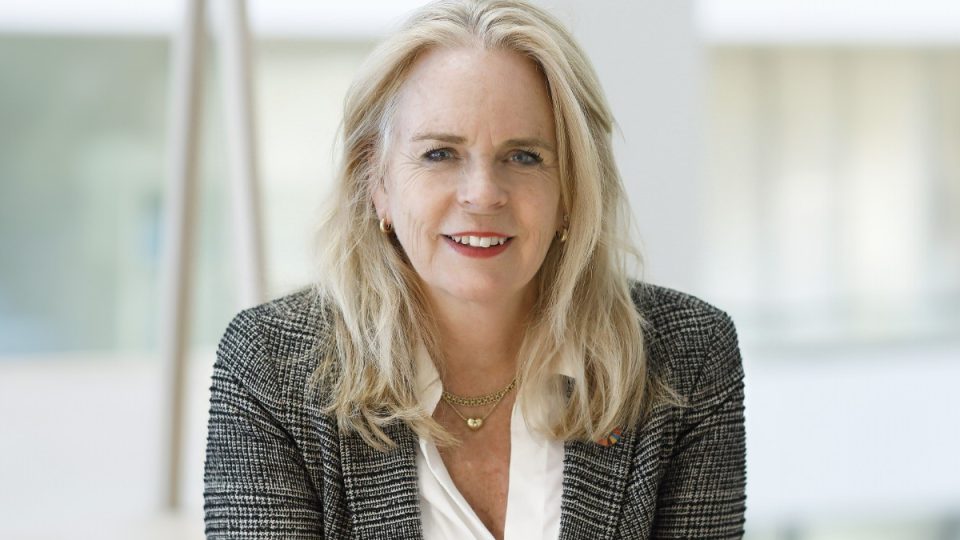Cat Electric Power: how to set up a power plant
Cat Electric Power identified four phases that must be considered before we get to the ground, in order to build a green project
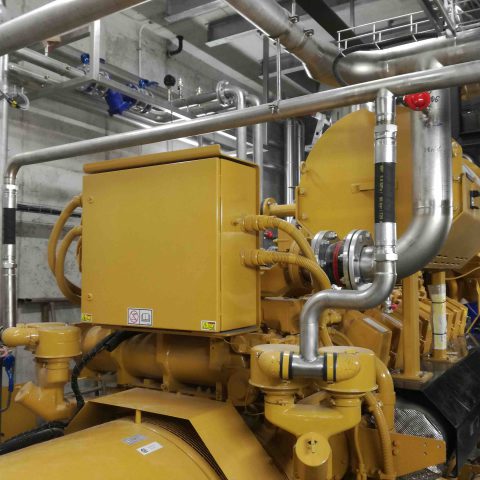
Cat Electric Power has thought about the preliminary phase of setting up a power plant. Do you want to start a green power project and make it successful? Then the Caterpillar webinar about green energy with engineers Darrin Johnston and Lisa Demetrius Walker can provide the answer. At the webinar they explained all the steps that it takes to make a good project.
Cat Electric Power focuses on the pre-work
First we will have to start with the essential pre-work. We can identify four phases that must be considered before we get to the ground, these can’t be overlooked or the project won’t get to the next stages. It’s important to establish your goals, tipycally six: power resilience and reliability; permitting, generator sets or constructor permits for installation; full or partial grid independence, the ability to disconnect from the grid; scalability and adaptability across various site types, these systems are quite modular and scalable so you need to think about the full range of sites; greenhouse gas objectives; total lifecycle cost, for example the cost of utility purchases, cost of fuel purchases, cost of maintenance operations. The second phase is having an energy audit, so that you know the energy usage patterns, the generation patterns, the equipment efficiency and also how much you waste.
THE ECO-CHP. TOGETHER WITH CAT
There are many ways to do so, the simplest is by taking a look at the utility bill. A simple walk around the plant can help uncover opportunities for energy efficiency or waste reduction. Remember that the most cost effective kilowatt hour is the one we don’t have to generate. When you have identified all the sources of waste is time to improve the efficiency by reducing wasted energy. The last stage is to measure the load profile, since we don’t have essential data and we don’t know what the site data is, it’s a guessing game, so the advice they give is to use real time measurement equipment if possible, like a power quality analyzer for at least a week, or longer. Remember to keep in mind seasonal peaks and valleys and to estimate future load growth and the impact of efficiency improvements.
The second step
The second step for a successful project is the optimal system design and the project execution, here we need to start evaluating local resources, site specific solar and wind resources’s infos come from satellite data for exaple from NASA or software like Homer Pro.



